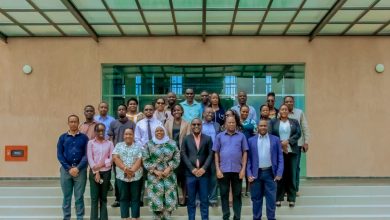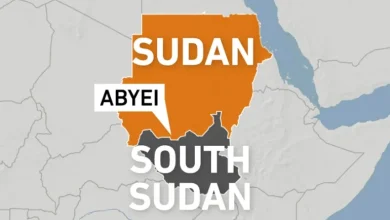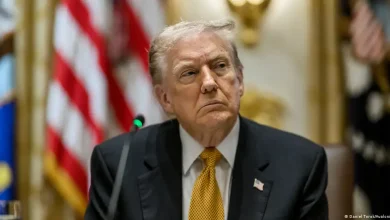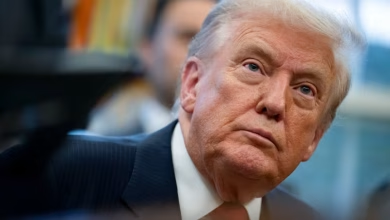Tanzania unveils comprehensive energy access plan
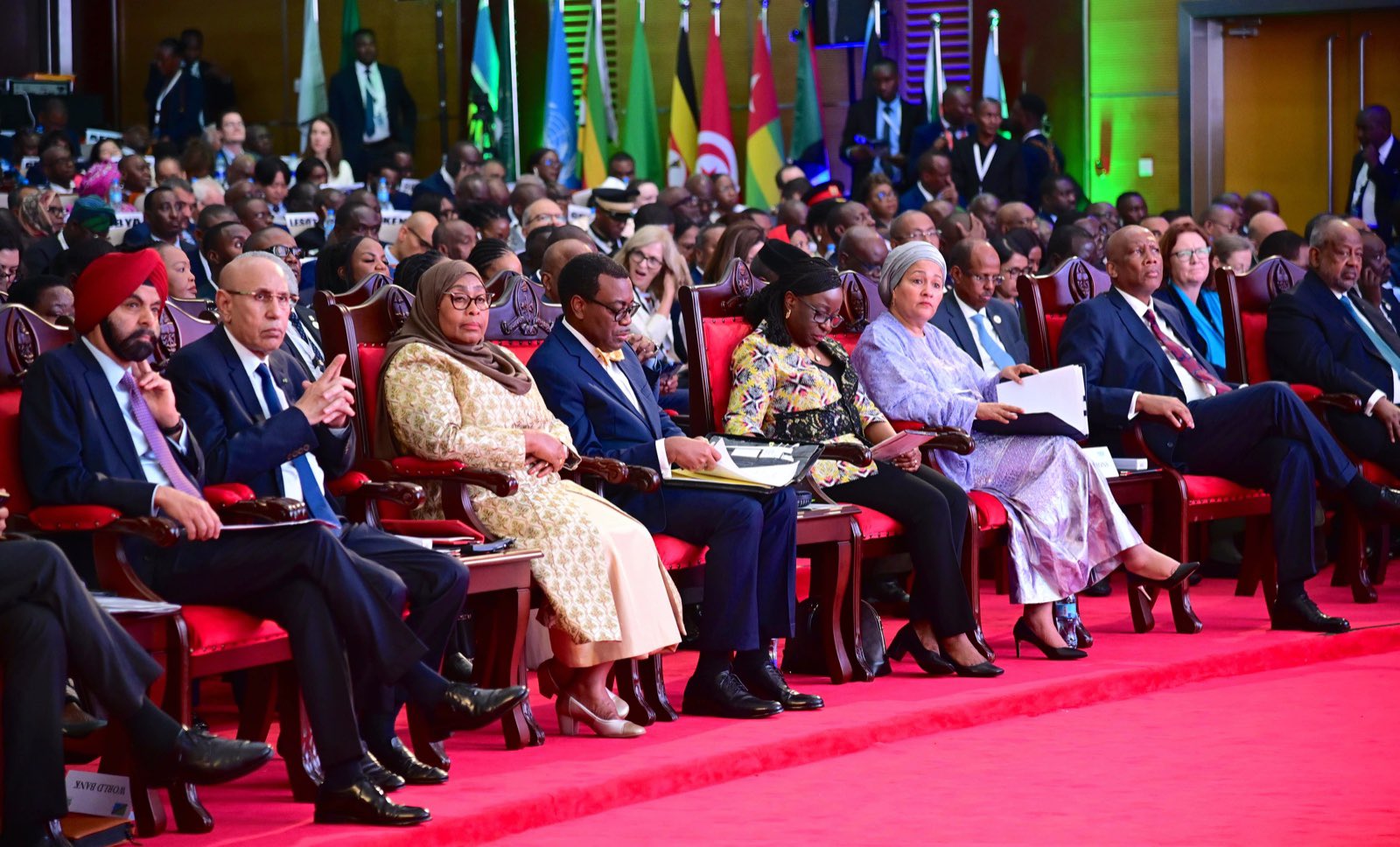
DAR ES SALAAM: The Government of Tanzania has announced a comprehensive plan to enhance energy production and distribution across the country through its National Energy Compact Plan, which is set to be launched on Tuesday.
Speaking on Tuesday during the Mission 300 African Energy Summit in Dar es Salaam, President Samia Suluhu Hassan revealed that the initiative aims to accelerate electricity connectivity to 75 percent of the nation population by 2030.
President Samia explained that to achieve this ambitious target, the government estimates that an investment of 13bn US dollar will be required over the next five years.
“Tanzania is one of 12 countries launching a National Energy Compact. To realize this ambitious target, we will need an investment of 13bn US dollar over the next five years, with 5bn US dollar expected to come from the private sector,” she said.
President Samia further, highlighted the Compact’s strategic focuses on four areas, which include expanding electricity generation, fostering regional energy trade, accelerating rural electrification, and promoting clean cooking solutions to reduce reliance on charcoal and firewood.
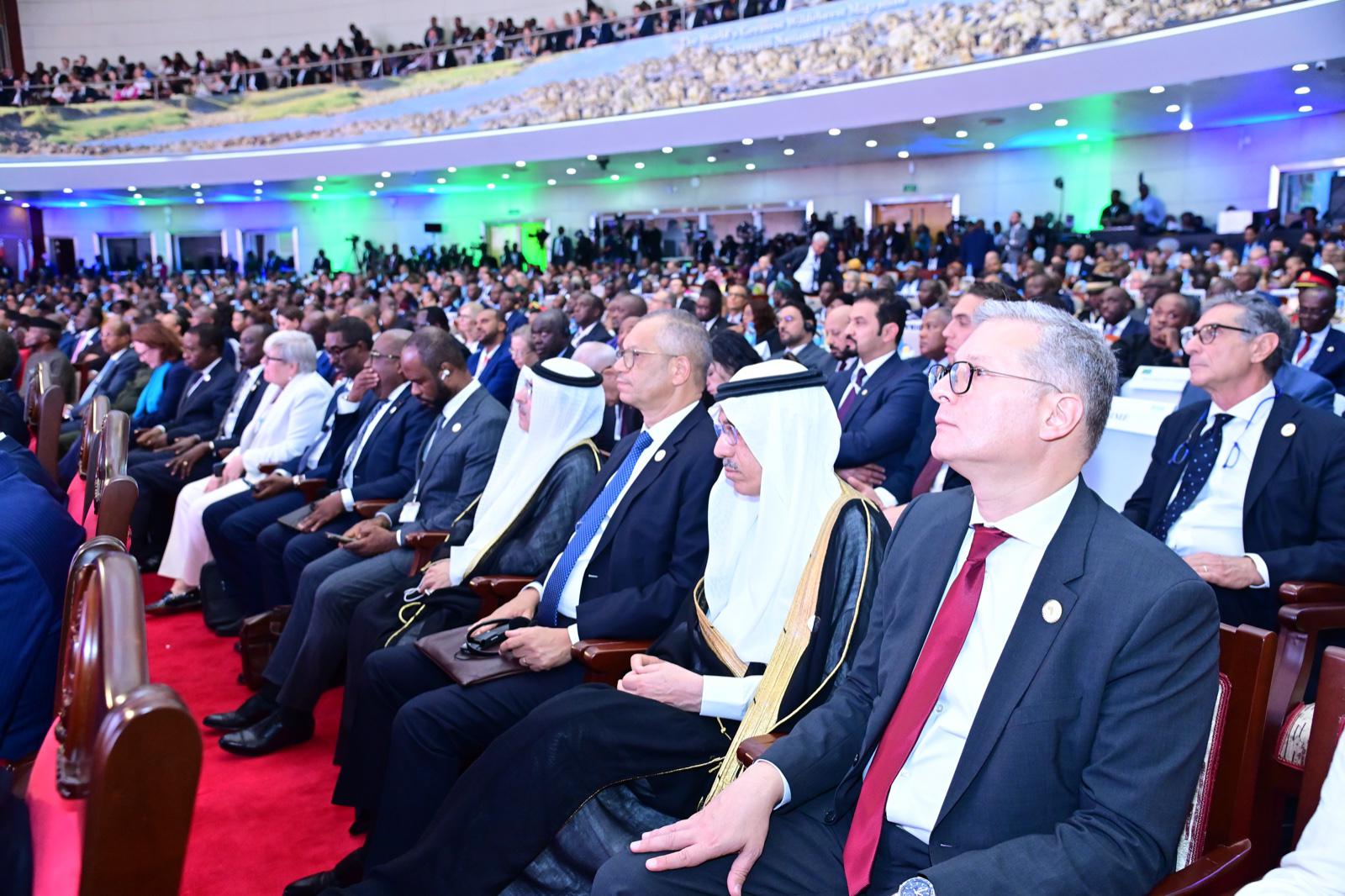
She said currently, Tanzania has a power generation capacity of 3,431.20 MW, with 58 percent sourced from hydropower, 35 percent from natural gas, and 7 percent from other sources.
ALSO READ: Mission 300: Africa’s energy revolution
She also, said that the government plans to increase this capacity by 2,463 MW by 2030 through renewable sources such as solar, wind, geothermal, and natural gas.
Additionally, regional energy trade is another key focus of the Compact, with Tanzania poised to play a central role in connecting power grids across Africa.
“Geographically, Tanzania is a crucial link between the Eastern Africa Power Pool and the Southern Africa Power Pool,” President Samia noted.
“This allows for the trade of electricity from Southern Africa to Egypt. We have already interconnected our power infrastructure with Burundi, Kenya, and Rwanda, and we are now working on connecting with Zambia and Uganda,” she noted.
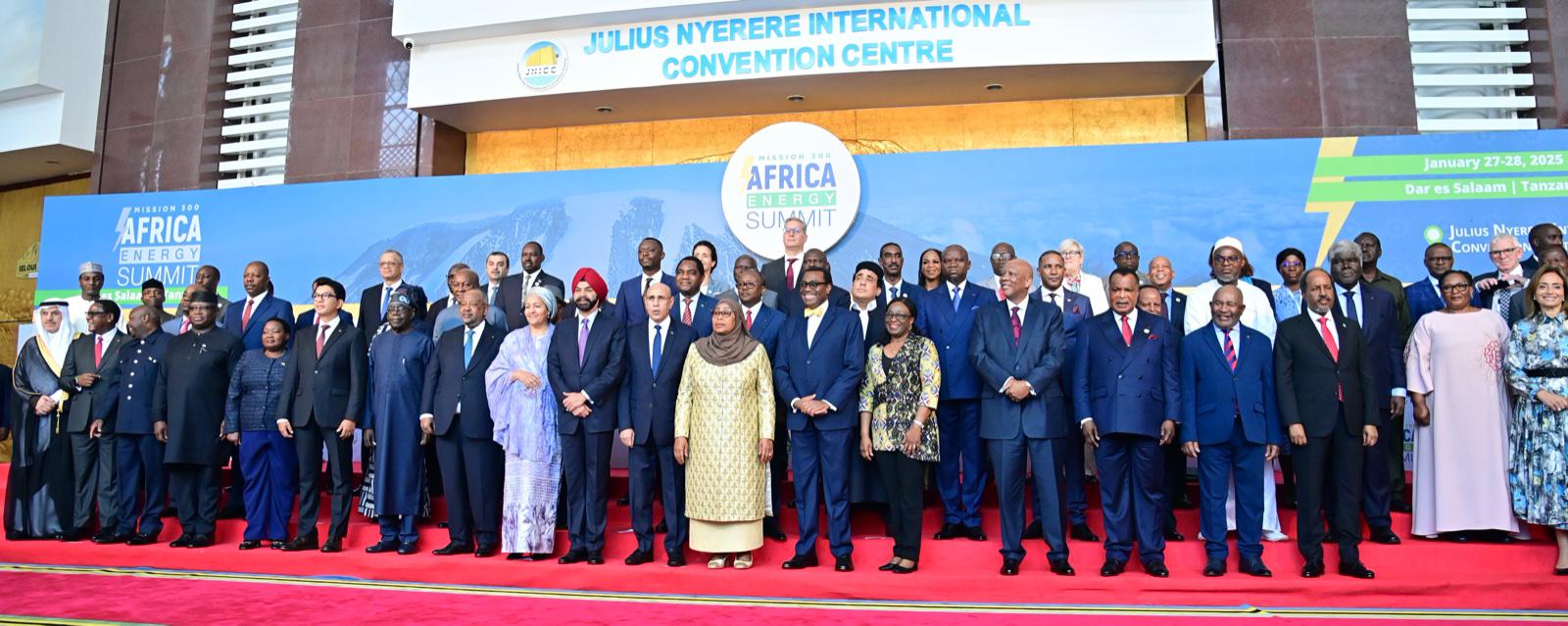
She also pointed out Tanzania’s potential to export surplus electricity, as the country’s electricity demand was 1,888.72 MW in November 2024, far below its production capacity.
Another critical component of the Compact is expanding electricity access to rural areas.
President Samia said while all 12,318 villages in Tanzania have been connected to the national grid, the government is now focusing on reaching all 64,359 sub-villages.
“So far, 32,827 sub-villages have been connected, and work continues on the remaining 31,532. This effort will transform rural lives and accelerate economic growth,” she said.
Another critical focus of the Compact is addressing the reliance on firewood and charcoal for cooking, which accounts for over 90 percent of Tanzania’s energy use in households.
President Samia acknowledged the significant health and environmental impacts of this dependency, particularly on women and girls.
“We cannot ignore the harmful effects and high costs of using firewood and charcoal, especially for women and girls,” she stated. “To tackle this, we have developed a National Clean Cooking Energy Strategy, which aims to increase the adoption of clean cooking energy from less than 10 percent to 80 percent by 2034,’ she noted.


